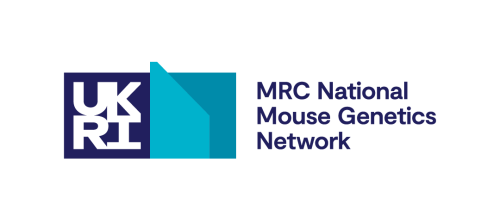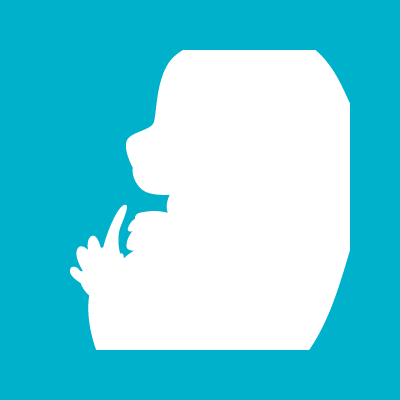Understanding Variants of Uncertain Significance in Congenital Anomalies. Submit your clinically relevant variant(s) through our portal.
Posted by Debora Bogani, on 27 February 2024
What we see
Approximately 1 in 20 babies are born with severe anatomical malformations. Each year this equates to 8 million affected newborns, of which 300,000 die within the first four weeks of life. With advances in sequencing technology, the identification of possible disease-causing changes in the genetic code of these patients has accelerated. However, it is a major challenge to prove which of these genetic changes, also called variants, cause these malformations, as well as to establish the cellular mechanisms by which these changes disrupt normal development. How do we distinguish problematic inherited or spontaneous variants in DNA from the many benign changes, and prove that they disrupt normal development? Can we better understand why some patients are more affected than others even though they carry similar, if not the same, genetic changes? How do important environmental influences, such as maternal health during pregnancy, modify how these genetic changes exhibit themselves in terms of severity and spectrum of patient presentations? Many genes that are implicated in congenital anomalies play multiple roles in different tissues during prenatal and postnatal development; thus, these genes are difficult to study in humans, even in stem cell ‘disease-in-a-dish’ models.


What we plan to do
Working closely with clinicians and researchers who submit variants of uncertain significance (VUS) via our portal, the Congenital Anomalies Cluster will create precisely engineered mouse models of patient variants, which will:
- Help clinicians establish genetic diagnoses
- Drive increased understanding of the molecular and cellular mechanisms underlying congenital anomalies.
Our cluster has broad developmental biology expertise and together with the MRC National Mouse Genetics Network (NMGN) we have built a pipeline to investigate the complex interactions that are disrupted during early life, across multiple organ systems. Through the detection of overlapping phenotypes in F0 embryo screening, we hope to provide clinicians with sufficient evidence to confirm a genetic diagnosis in their families. The generation of clinically relevant mouse lines to study pathogenic mechanisms allows exploration of the consequences of genetic mutations during the critical postnatal period (automated live monitoring), and during disease progression later in life. These models will serve as improved platforms for developing much-needed therapeutic interventions.
The portal
Part of the remit of the Congenital Anomalies Cluster is to help clinicians and researchers establish genetic diagnoses by modelling VUS in mice. Our submissions portal is open to clinicians and researchers worldwide.
Submitted VUS will be assessed by our Clinical Advisory Board who will meet at least twice a year.
They will consider and rank the submitted VUS based on the following Congenital Anomalies Cluster priorities (in order of importance): 1) New disease gene. 2) Known disease gene, but new phenotype association or novel allelic disorder. 3) Known disease gene with difficult-to-interpret VUS; e.g., nearby significant variants such as structural variants, or deep intronic single nucleotide variants. 4) Known disease genes where broader investigation of the mouse model could lead to new insights into pathogenic mechanism and/or therapy development.
Considerations:
Contributing teams are ideally clinically led or have strong clinical engagement, to efficiently return diagnostic information and enable further assessment of patient phenotypes. The clinical features of your patient should be present at birth and should overlap with the specialities of our developmental biology team: craniofacial, skeletal, heart, neural tube, kidney, and ciliopathies. More weight will be given to syndromic conditions to enable the simultaneous study of multiple systems in the mouse.
Please follow this link to the submission portal and feel free to download and share the flyer above.
For further information please email Karen Liu karen.liu@kcl.ac.uk or Stephen Twigg stephen.twigg@imm.ox.ac.uk


 (No Ratings Yet)
(No Ratings Yet)